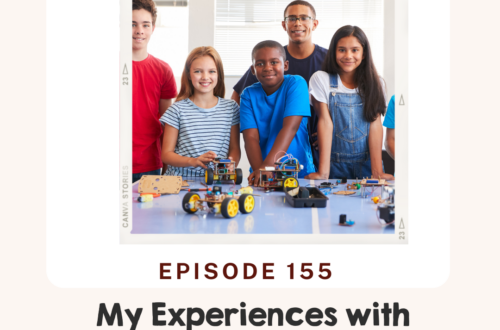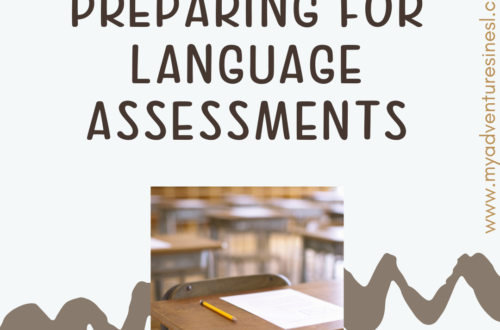
Assessing ELLs during Distance Learning
Welcome all-star teachers! As we jump into today’s topic, I would like you to reflect on your wins for the week.
Before we dive in I want to explain the difference between a formative and summative assessment.
A formative assessment is part of your daily instruction. For example, teacher observations, quizzes, classwork, and exit tickets are examples of formative assessments. Your student blank stares can be a formative assessment. A summative assessment is used (typically at the end of a unit or year) to determine what the students learned and did not learn throughout the unit or year. There are some similarities in both such as both are used to assess and guide your planning.
A part of teaching is assessing the students to see where they are with their learning. This can be a challenge since most educators had to switch to remote learning overnight. Many of us are used to those on the spot assessments and blank stares from students to activate our teacher radar. Unfortunately we don’t have some of those cues to guide us to go deeper in the topic or move forward.
While I was distance learning, I was trying to assess the students on whether they were understanding the text. One strategy I used was to call on students to unmute themselves, but I found out some of the students were having “difficulty”. This left me in limbo because I wasn’t clear if the students were understanding the assignment. I was operating under the assumption that they were understanding which makes it extremely difficult to adjust my instruction.
After the lesson ended, my concerns were justified. I gave the students a quiz on NewsELA and many of them received a 50%. That is when I knew I had to start incorporating formative and summative assessments in my remote lessons.
When I saw those low scores on the quiz, I knew immediately I needed to start searching and brainstorming ways I can incorporate virtual assessments in my remote lessons.
I immediately started searching for some engaging alternatives such as Kahoot & Quizlet. In my live lessons students can play these fun games and I can use those games as formative assessments. This will let me know in real time how the students are doing. I even decided to use this method for the students who cannot attend the live sessions since a lot of the online games have self-paced options the students can play. I decided to go this route since most of my students have access to a phone or computer at some point during the day.
I do have a few ELLs with no access to technology and I wanted to do something for them as well. I created an online packet the students can complete. I am included paper based assessments such as quizzes, exit tickets, and graphic organizers. Students can complete those assessments on paper, take a photo and send them to me via a text message.
So let’s break this down so you can implement this in your classroom:
- In your live virtual lessons, implement online quizzes such as Quizlet and Kahoot. This will give you immediate feedback.
- Also, to encourage speaking you can use Flipgrid as a formative and summative assessment.
- For those students who cannot attend live, implement the self-paced option. This allows them to complete the assessment and still give you the needed feedback.
- There might be students who have no access to the internet. To help combat this include paper assessments for those students. These can be paper quizzes, exit tickets, and graphic organizers. The student can then take a photo and send it to you via Remind or Talking Points.
Teachers here are your next steps:
- Decide on how you are going to integrate formative and summative assessments into your remote learning.
- Pick the tools you will use to assess the students who have access to technology. I would encourage you to only use 1 – 2 tools.
- Pick an alternative for those students who do not have access to the internet or technology.




